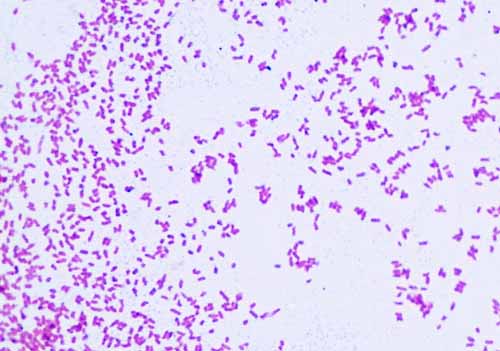
Most likely, the effectiveness of endodontic treatments is due to a decrease in the number of germs, the removal of the most inflamed or dead tissue, and a healthy systemic background.
#Gram negative bacteria free
The most favourable result that can be accomplished is a diminution in the biological burden on these branches, which are never fully free of microorganisms.
#Gram negative bacteria serial
Multiple auxiliary and lateral canals were discovered during microscopic investigations of serial slices of the roots of various teeth. As a result, there is an ongoing debate in the field of endodontics about how much we can truly eradicate pathogenic germs from root canals. įurthermore, such microbial relationships are involved in the formation of complex microbiota in endodontic settings as well as ecological management. Following infection, many microbial species interact among themselves, causing microbial population changes. The root canal microenvironment is ideal for anaerobic microorganisms, which can degrade accessible amino acids and polypeptides to meet their metabolic requirements. The flora of the root canal includes different types of microorganisms, with anaerobic species predominating. However, control samples with typical oral microbiota acquired considerable radiolucency at the area around the root apex. found that study participants having no bacteria did not experience inflammation of periodontal tissues at the root apex despite physical access of the pulp of their molars to the oropharynx. The goal of endodontic therapy is to complete healing of periapical periodontitis, and the success of therapy is usually measured in eradicating the actual infection and preventing re-infection. This study shows that probiotics can help effectively in endodontic treatment and that more in vitro as well as in vivo research is needed to fully appreciate the advantages of bacteriotherapy in the field of endodontics.

However, no antimicrobial activity of probiotic microorganisms was observed against pathogenic endodontic microorganisms in Stage 2, i.e., during evaluation involving the use of the deferred antagonistic technique.Ĭonclusion: It can be concluded that probiotic therapy is a promising antibacterial treatment approach that should be further investigated. albicans in Stages 1 and 3, i.e., during the evaluation involving agar cup and evaluation at the biofilm stage. Results: There was marked antimicrobial activity of probiotic microorganisms against the pathogenic microorganisms E.

The colony-forming unit/millilitre was measured at the end of Stage 3. The antimicrobial activity was recognized when the dimension of the region of maximum inhibition was 10 mm or above. The region of maximum inhibition was measured at the end of Stages 1 and 2. In Stage 3, biofilm phase evaluation of an intracanal probiotic microorganism carrier was done. faecalis and C. albicans in the planktonic phase. In Stage 2, a deferred antagonistic experiment was used to determine the activity of probiotic microorganisms against endodontic pathogens like E. In Stage 1, the agar cup well procedure was used to analyse the efficiency of probiotics microorganisms against Enterococcus faecalis bacteria and Candida albicans microorganisms in the planktonic stage.

Methods: The evaluation was carried out in three stages. This study aimed to carry out an in vitro evaluation of the antimicrobial activity of probiotics against endodontic pathogens.

Indeed, information regarding the significant role of probiotic microorganisms in endodontic treatment has been sparse. Background and aim: Despite scientific evidence that even some microorganisms may be useful, endodontic intervention has persisted to prioritize the removal of all microorganisms from the root canal system.


 0 kommentar(er)
0 kommentar(er)
